KESO in Sweden: Notable Anti Style
„ I have always painted strange/funny letters and didn’t fit in any specific style“
Hello KESO, I heard you are based in Göteborg, Sweden. Did you grow up there or somewhere else? Since when do you live there?
I was born in Göteborg in 1982 and spent my childhood here. After that I have lived in different places and moved back here in 2014.
How is life over there?
Life is good, nowadays, I live a quiet family life.
Can you tell us something about your childhood? What were you interested in?
My childhood was good and one of my early interests was drawing and music.
Did you read comics at that time? Anything that inspired you? Did you draw as a child? What did you do after school? Any studies?
I read comics but was more into cartoon TV shows like Turtles and Hanna-Barbera. Today I still like to draw cartoon characters from that era. I studied as little as possible and hung around with friends on the streets instead and listened to music.
When and how did you discover graffiti writing?
When I was around 12 years old I discovered graffiti through hip hop music. I started to draw a lot of sketches and began tagging.




Does music play an important role in your life? Are you doing music yourself?
Yes it does, I listen to dancehall, reggae and jungle. Reggae music has always been a big part of my life. I don’t make music myself, but I had a sound system, and played some records in clubs when I was younger.
When did you start yourself and with which name(s)? Since when do you call yourself KESO?
I started to paint around 1997 when I was 15 years old. My first pieces were with the name HERB. Shortly after I changed to BUBA. I took a break from painting/graffiti between 2002-2016. I changed it to KESO in 2017 when I needed a fresh start and began to paint more abstract pieces. That was when I discovered trash, Anti Style and abstract graffiti.
Why did you stop for so many years?
At that time I didn’t hang out with people who painted, and it didn’t fit in my lifestyle.
KESO means cheese, right? Why did you choose that funny name?
In Sweden, we have a brand for cottage cheese called Keso. I have loved it since I was a child and still do, that’s why I chose that name.
Did any particular graffiti writers inspire you at that time? And did you connect with the local scene?
At that time I was inspired by Bates and local writers like Slav, Rubin, Mouse. I guess I was more connected to the local scene back then.
Were you part of any crews? Like RBC?
Yes, the Rude Boys Crew is just me and an old friend from when I first started graffiti. Today, I’m in the crews OKNO, ART forum and 0%.





Which style did you paint in the beginning?
I have always painted strange/funny letters and didn’t fit in any specific style at the moment. It was all graffiti back then and there wasn’t much talk about different styles.
When did you start to paint figuration with motifs like chairs, furniture, objects, and why in particular those everyday objects?
I always liked to draw everyday objects, especially chairs and a couple of years ago I started to paint it on walls. I like old, antique and vintage objects and I love to attend second-hand and flea markets.
You also paint more abstract works in a biomorphic style with intertwined forms. How did you evolve toward this style? Are letters still a base/reference?
The letters became more and more strange and transformed into these shapes. A lot of times there are still letters but mostly only I can see it.
The letters KESO or others?
Mostly KESO but also crew names.
Do you see your style as an Anti Style?
I just like to paint the things I love and for me, it is not so important to call my style a special name. But I think Anti Style is a good name for styles that break the traditional graffiti rules.





How often do you create works outdoors? Do you go paint alone or with others?
I try to do it as often as I can, 1 to 2 times a week if I have the time and if the weather is okay. I often paint alone but sometimes with friends or visitors from around the world.
What techniques do you use on walls?
I mix my painting with spray paint and wall paint. Sometimes I use spray cans and sometimes brushes or both.
Do you improvise on the surface? Or do you have an idea in mind before going? Or even a sketch?
Mostly I improvise but some days I don’t have the right mindset, so I always have a bunch of sketches in my painting bag. But mostly I have no idea what the piece is going to look like when I start and just improvise along the way.









Is sketching important to you?
I love to sketch whenever there’s a paper in front of me, this is something I do every day on a regular basis.


How do you choose your colour palette on walls and how to do you proceed?
I never plan colour schemes, I choose the colour palette spontaneously while I paint. I only use the cheapest paint I can get my hands on and paint with the colours I have at the moment.
Do you see and name your wall paintings still as pieces?
Yes, I still see them as pieces.
Besides your colourful drawings/sketches, do you create other studio works?
No, the works I create are outdoor walls and occasionally some sticker sheets.
How would you describe your own artistic development?
I always try to dvevelop new styles to evolve my pieces. I don’t want to create the same sketch over and over again. I like to make pieces that look different but still look like a KESO painting.




Are there any modern or contemporary painters that you like and inspire you?
Not a specific artist but I enjoy attending art shows and museums. I can get equally inspired by everyday life, a famous painter or a kids colouring book.
You created the Instagram account Graffiti Lobster to share works by many graffiti writers worldwide. When did you start, and what was your motivation behind?
I started Graffiti Lobster around 2016, I wanted to create a space to showcase different styles of abstract graffiti. I began Anti-Stylers shortly after – for more letter based trash/Anti-Style graffiti.
Can you describe us a bit the possibilities for artists rooted in graffiti writing to show their work in Sweden? Are there institutions or spaces you recommend?
I have never shown my work in that way, I only paint walls for myself.
Thank you KESO for your time and the pictures!
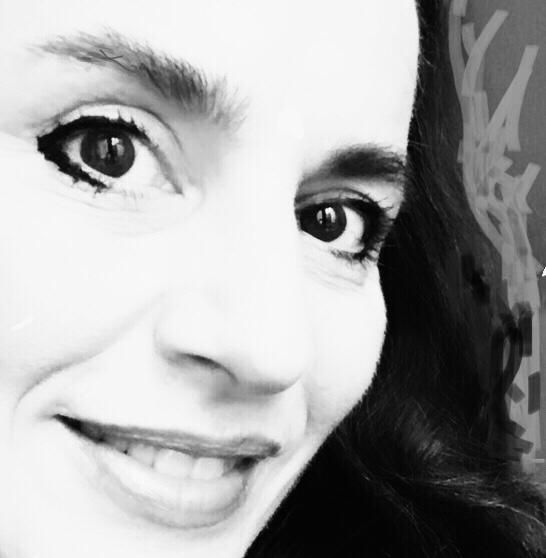
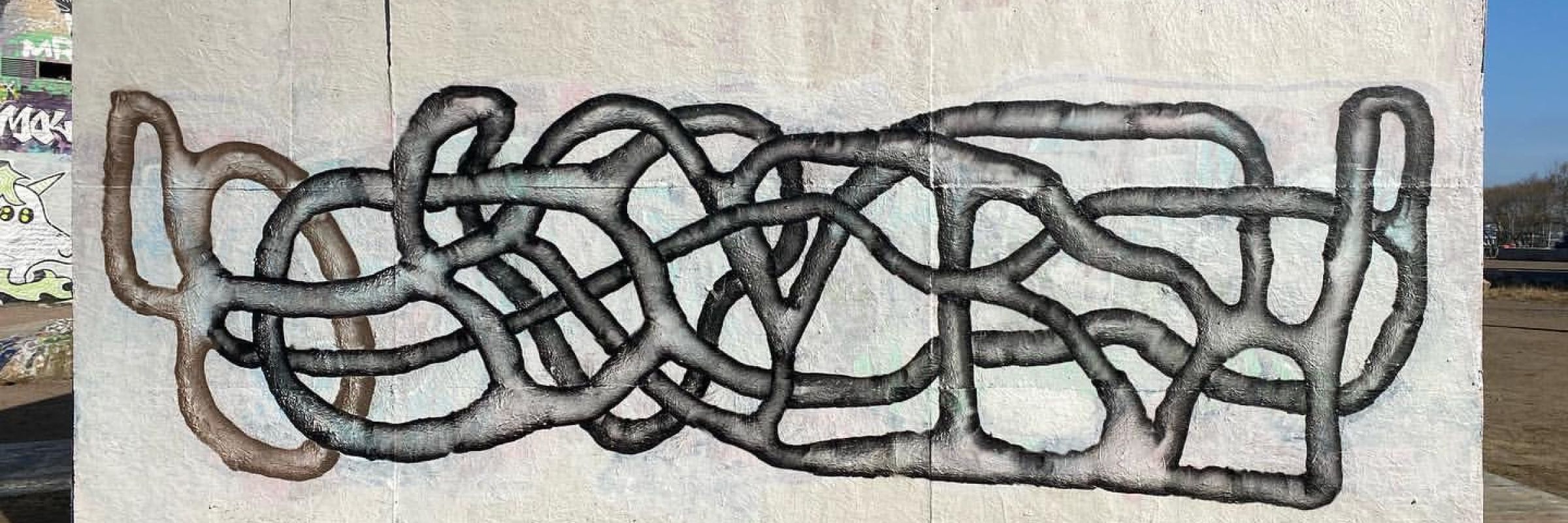
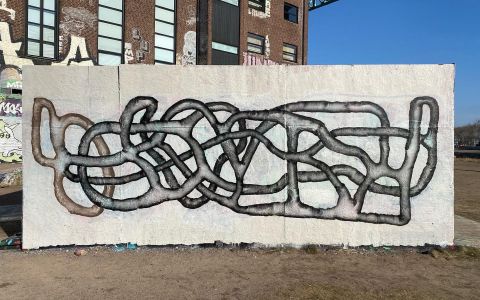
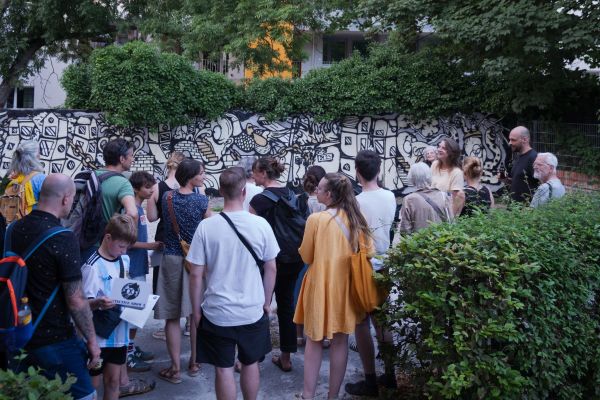
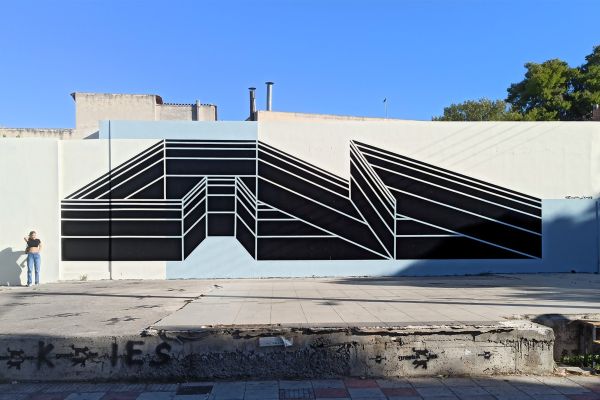
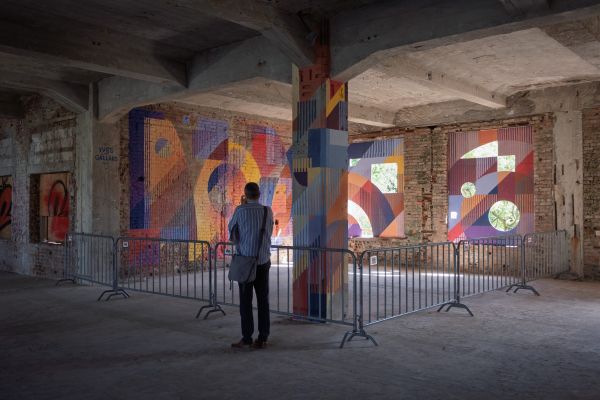
Leave a Reply